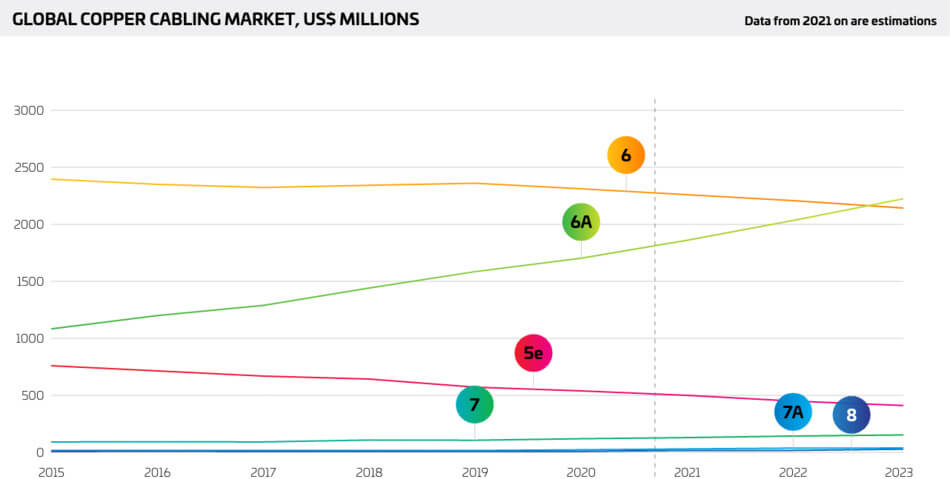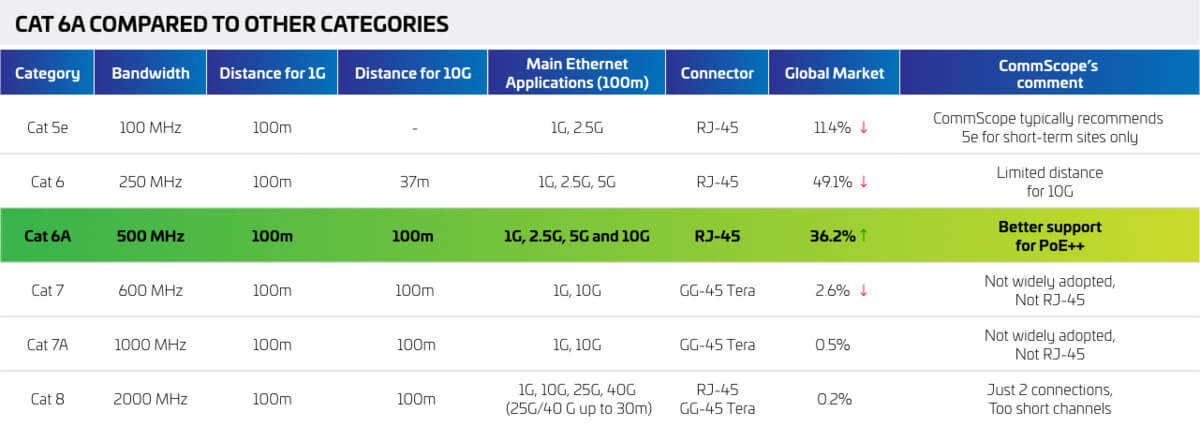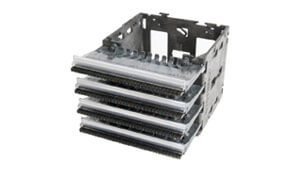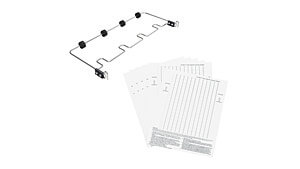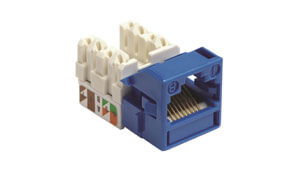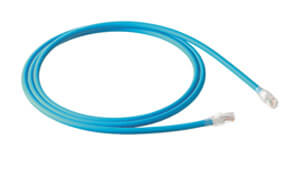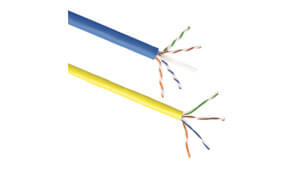Large enterprises are faced with a growing need to accommodate ever more sophisticated applications. Any structured cabling implementation should be independent of these considerations, providing a stable, high-speed infrastructure that is technology-agnostic.
Horizontal standard office applications: Most phones and laptops do not yet require the 10 Gbps bandwidth, but using Cat 6A as the default cabling infrastructure provides a future-proof infrastructure. It may be years until such everyday applications require such bandwidth, but it will be there when needed.
IoT: As IoT devices begin to proliferate, Cat 6A provides both the bandwidth and, potentially, the power requirements. Find out more about how IoT is changing the fabric of business and everyday life.
PoE/lighting: As mentioned, IoT devices such as sensors or cameras have a ready source of power across Cat 6A, and it is also increasingly used to power lighting systems, made possible by the development of low-voltage LEDs. Cat 6 cabling does enable PoE, but may be prone to heat problem.
Wi-Fi 6/6E: Cat 6A is necessary to deliver the multi-gigabit backhaul required by the next-generation of Wi-Fi. Find out how Wi-Fi 6 and 6e provides the performance and capacity needed by mobile users, IoT devices, and latency-sensitive applications.
In-Building Cellular: Multi-gigabit backhaul is also required for DAS installations, necessitated by increased reliance on cellular networks alongside Wi-Fi.
Storage Area Networks (SAN)/ Network Attached Storage (NAS): 10 Gigabit Ethernet enables cost-effective, high-speed infrastructure for both network-attached storage (NAS) and storage area networks (SAN). 10 Gigabit Ethernet can offer equivalent or superior data-carrying capacity at latencies similar to many other storage networking technologies, including Fiber Channel, ATM OC-3, OC-12 and OC-192, and InfiniBand. The development of 10 Gigabit over copper will offer a very cost-effective solution for connection under 100 meters compared to these traditional fiber based technologies.
High-Performance Computing: A number of industry sectors utilize high-performance computing platforms to support highly bandwidth-intensive applications such as streaming video, medical imaging, centralized applications, high-end graphics, visualization technologies, and data clustering.
Multi-Site Collaboration: Collaboration tools are emerging that enable conference participants to write or draw on a blank slide, to connect to a Web site, and engage in private communication with the conferencing host or any other participants. To ensure their effectiveness, these collaborative tools will increasingly require more bandwidth, and 10 Gigabit Ethernet connections will be the primary link for enabling multi-site collaboration within an enterprise.
Streaming Media, AV systems and Digital Signage: Streaming media enhances a company’s internal and external communications. It can play a role in hosting meetings, holding press conferences, demonstrating new products, supporting marketing/advertising activities, training employees, providing user support as well as the fun stuff too, like HDTV, video on-demand or extreme Internet gaming. Since data being transmitted for streaming media requires an uninterrupted path between source and user, bandwidth will be the key enabler and accelerator to streaming media adoption.
Grid Computing: Grid computing makes “spare” desktop CPU horsepower available across the network to large jobs that require it. There are many scientific applications that need the computing power of arrays, but up to now the cost of a supercomputer or a massively parallel array was prohibitive. Grid computing is a technique that effectively provides the horsepower “across the network” to support these kinds of applications. Grid computing is highly dependent upon very fast interconnections among all of the participating computing platforms. Today, grid computing is being used to amass spare compute cycles in datacenters to power complex modeling and simulations in applications such as pharmaceutical research, financial portfolio risk analysis, electronic design automation and other computer-intensive applications. For grids to be the basis of a corporate infrastructure, more types of applications that can take advantage of the grid will be developed but in the meantime, grid technologies can and are being used to facilitate resource sharing, utilization and collaboration for a growing number of applications and industries.

